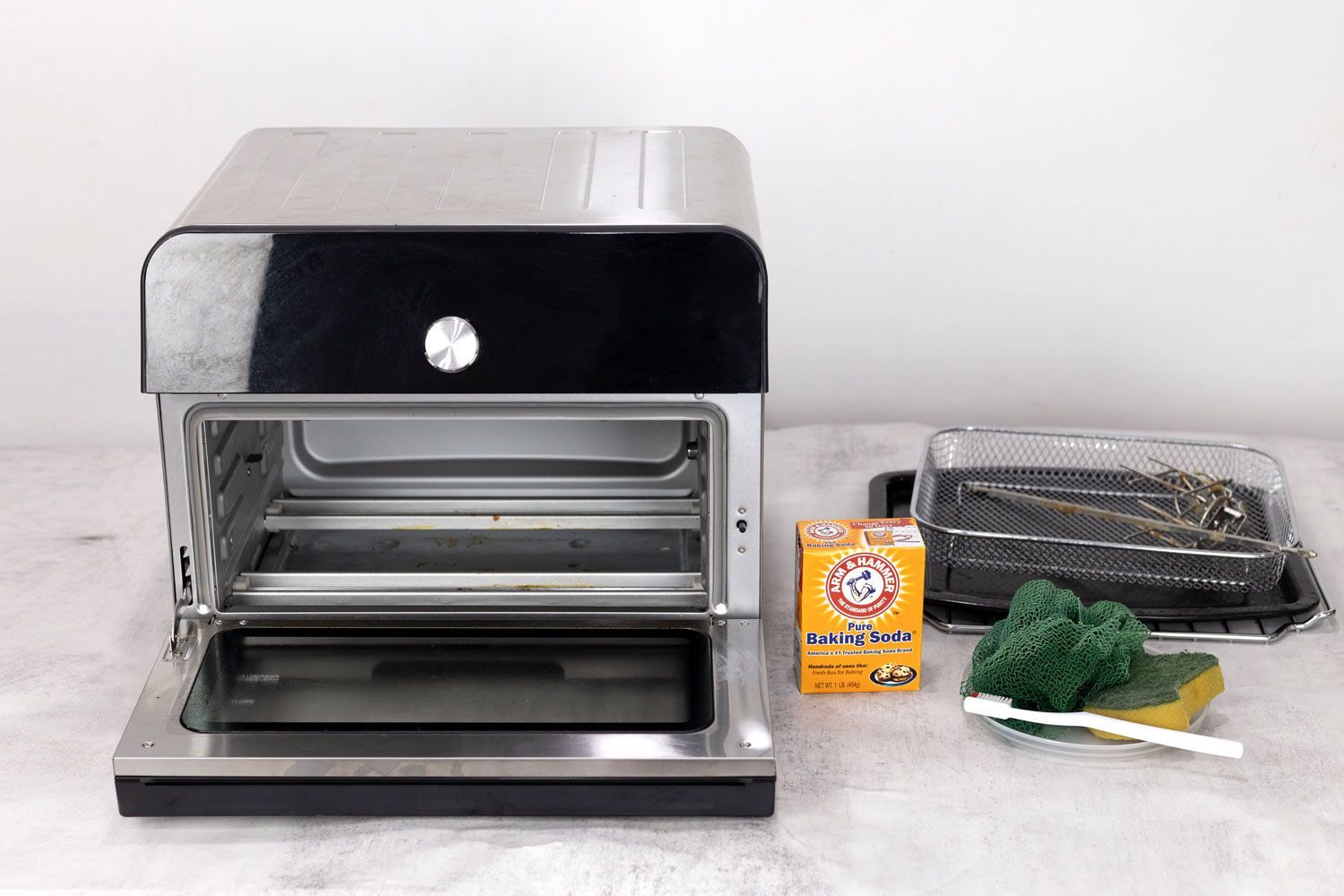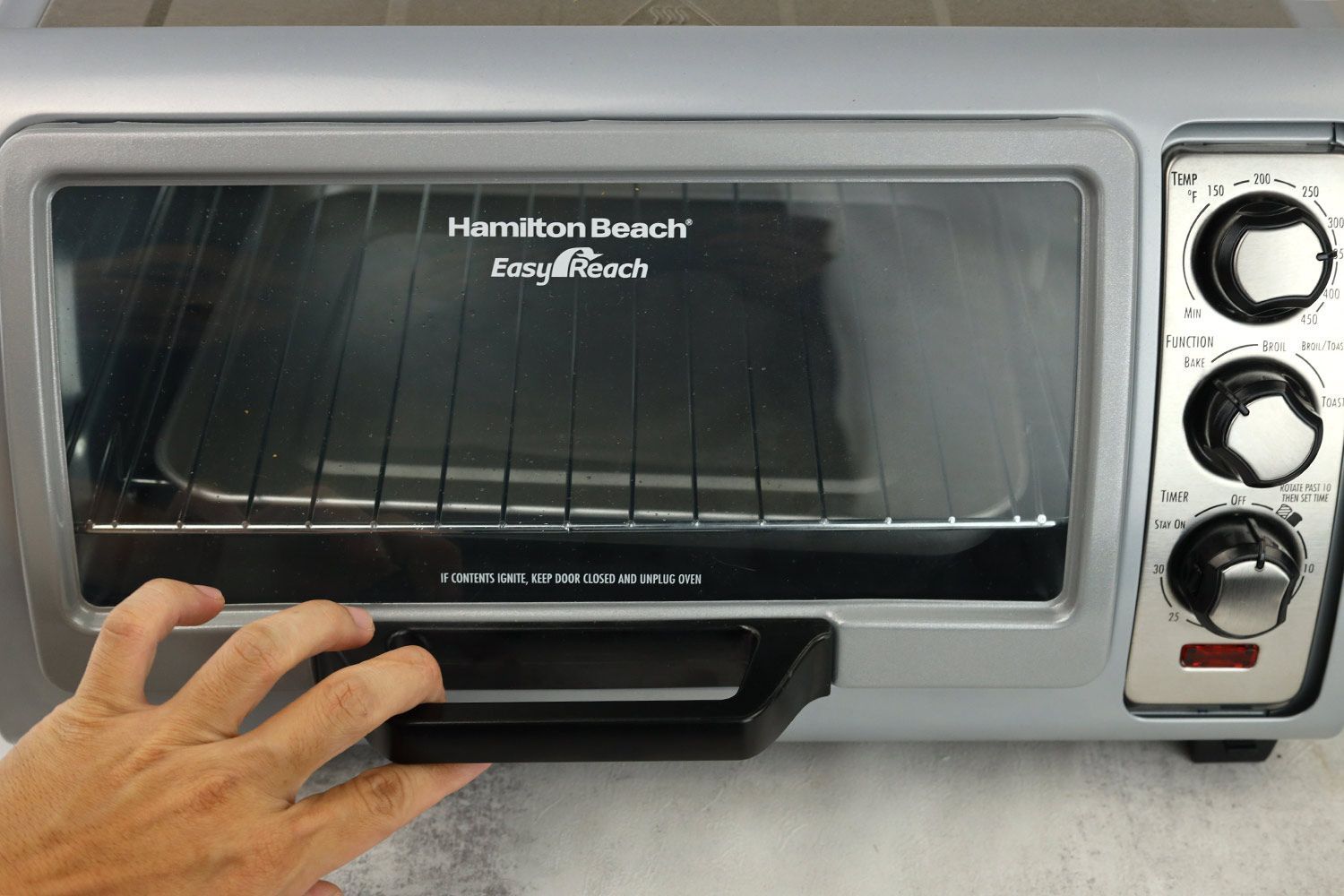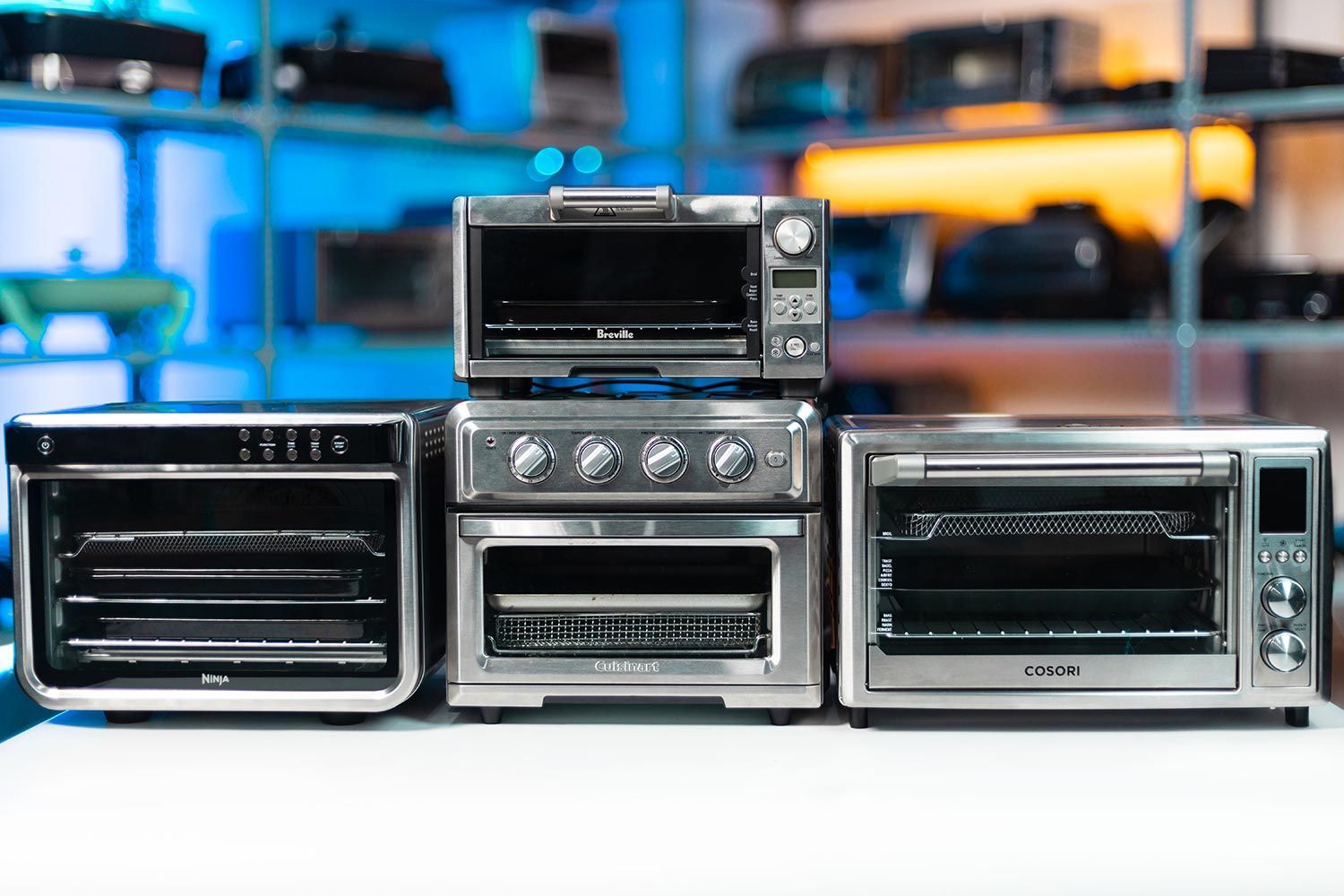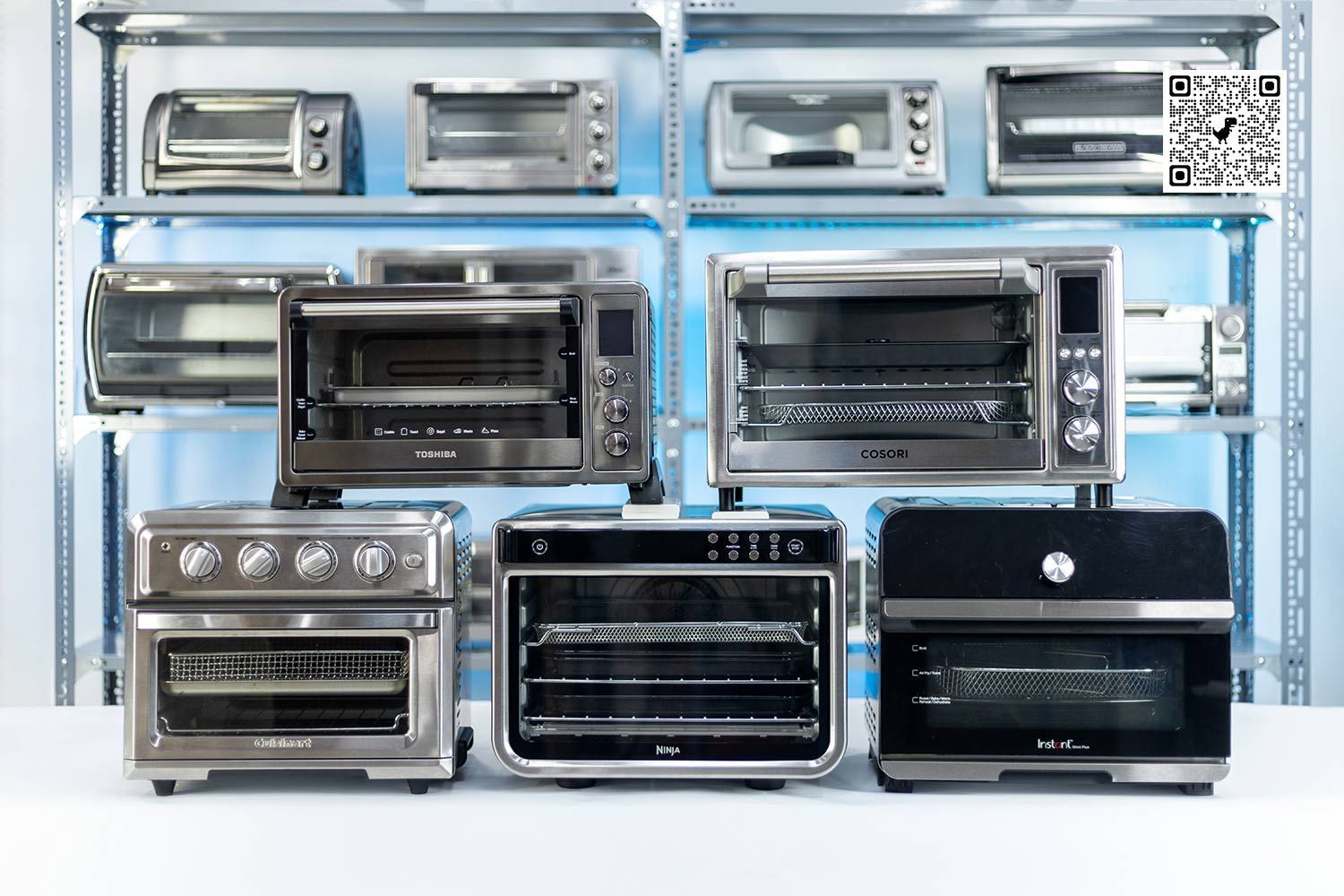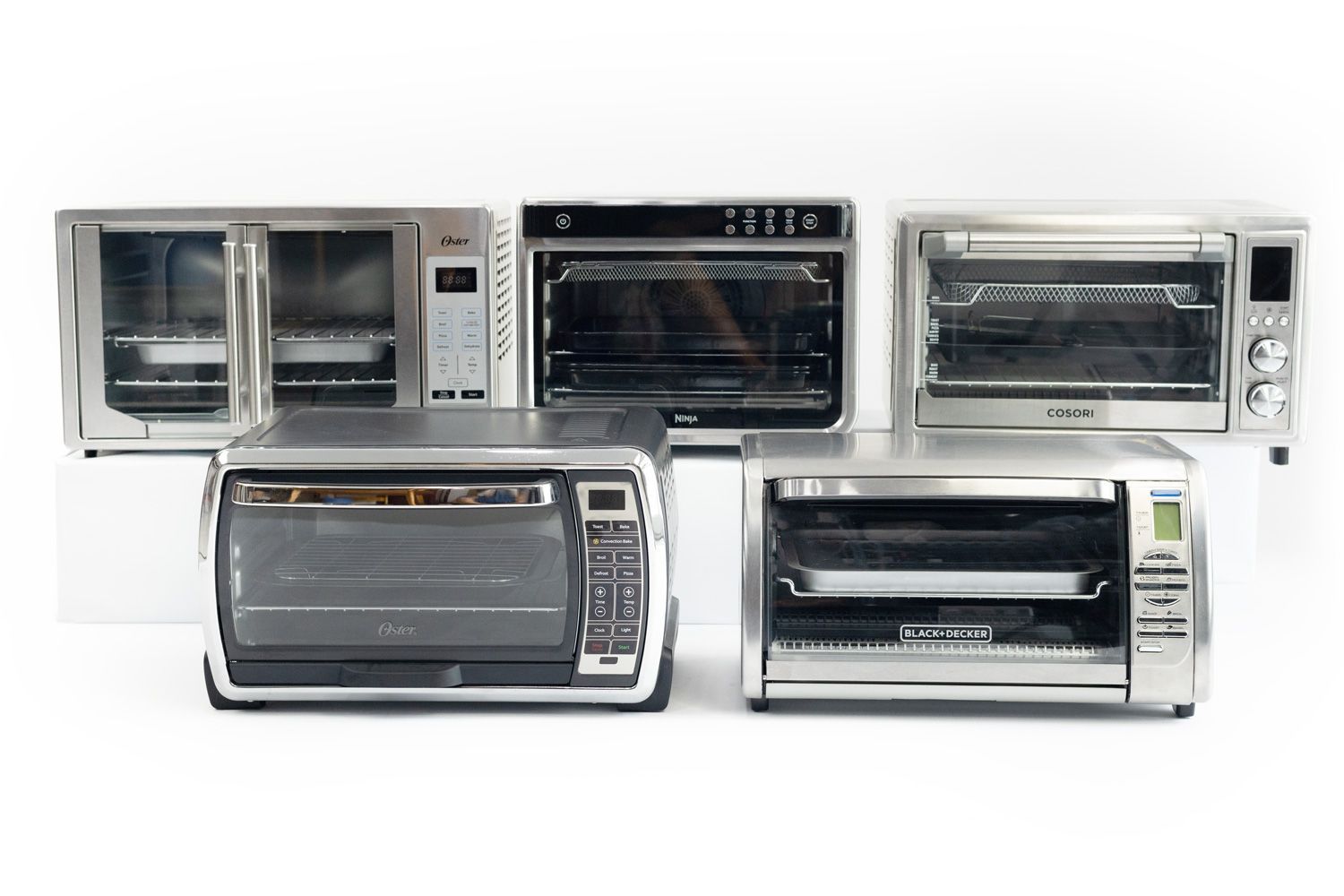Our recommendations are made independently. We may receive commissions from purchases made via our links.
Toaster Oven vs Microwave
Let’s find out what are the differences between a toaster oven and a microwave oven, particularly how they work as well as all the pros and cons of both.
You have probably used a toaster oven or a microwave before. They can both heat up and cook food. You may also have heard that microwaves are better for heating up leftovers and toaster ovens are better for actually cooking food. But do you actually know why?
This article will hence give you an insight into the primary differences between a toaster oven vs a microwave oven, including their pros and cons. At the end of the day, both kitchen appliances are very useful tools to cook or heat up your food. But the key difference lies in how you want your food to turn out.
Toaster Oven vs Microwave Oven: How They Are Different?
They are very different, particularly in the science behind. This means the decision to choose one over the other will depend on the objectives you want to achieve, be it wanting to defrost food quickly, bake items with browning or crisping on the surface or even save money and time.
Decrypting The Simple Science Behind
The toaster oven works by having heating elements inside the oven (normally at the top and/or bottom). These filaments rise in temperature and transfer heat to the food.
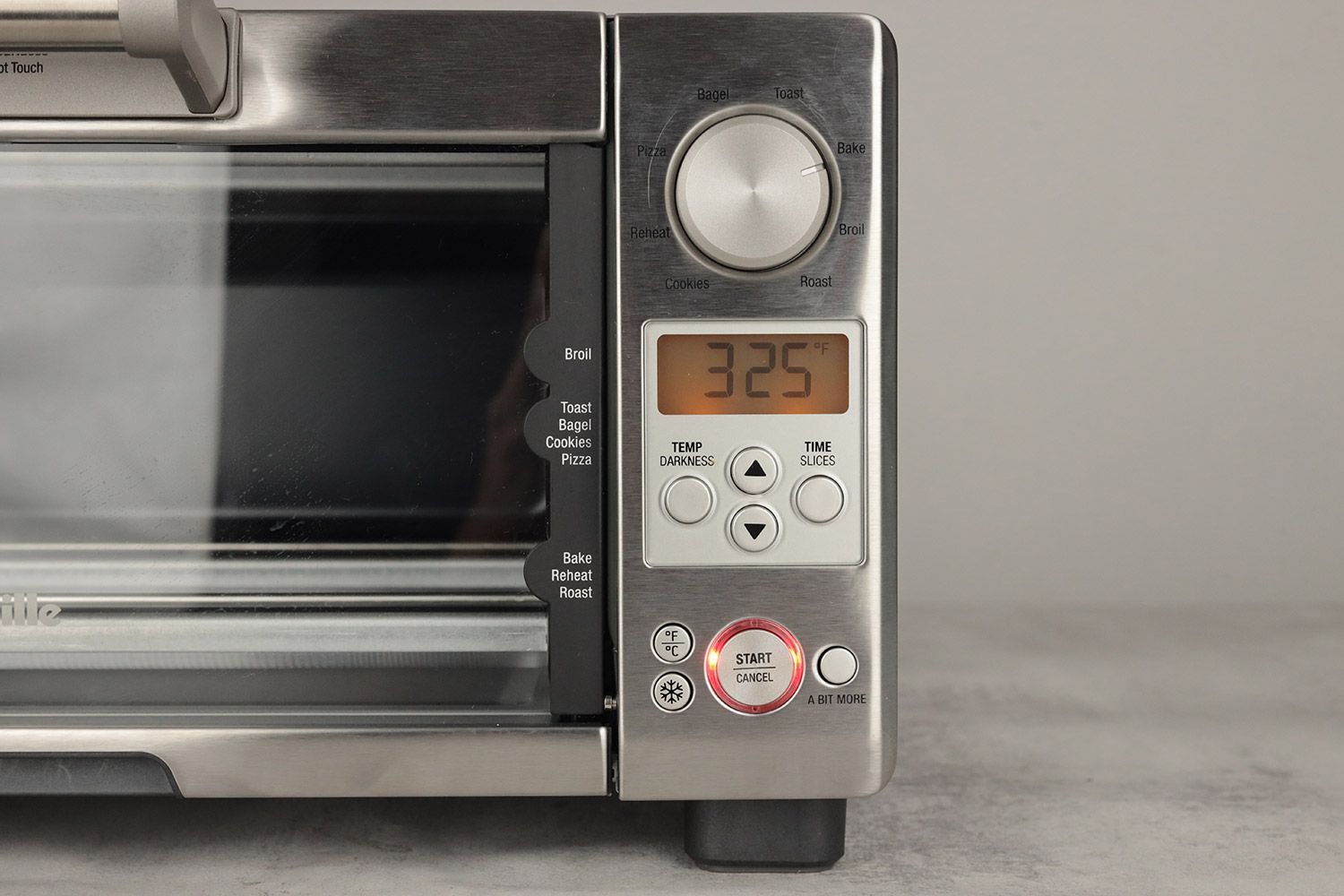
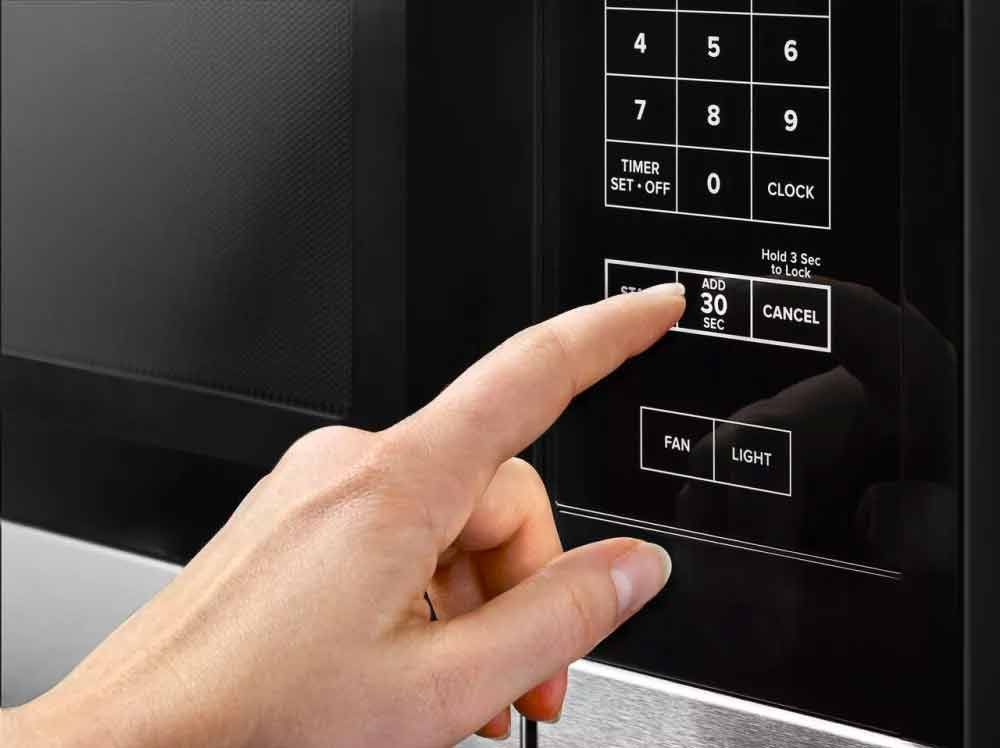
The toaster oven heats the food from the outside-in. This results in its capability to brown or crisp the surface of the food. Moreover, if your toaster oven is the convection variety, this strength is amplified even more.
This also means that the toaster oven works better for foods which do not have high water content. It can preserve the crispness of foods like pastries, pizzas (particular for the crusts of the pizzas which are usually drier), or even french fries if your oven has the air-frying feature.
The heating elements however, need more time to heat up, unlike the microwave oven where it can increase the food’s temperature immediately. This is even more noteworthy in small machines which tend to have lower power outputs than larger ones. One could counter this by preheating the toaster oven to shorten the cooking time. However, the overall time used will still lose hands-down to the microwave oven.
Using a microwave oven to heat up or cook food involves subjecting food to electromagnetic radiation— basically microwaves in the frequency range of 300 MHz to 300 GHz. These waves travel up and down, left and right and all around and come into physical contact with food. This causes the water molecules within the food particles to energise and generate thermal energy, which heats up or cook the food quickly.
This means that the microwave oven works better for foods with higher water or fat (where water is usually present) content. An example would be glutinous rice, fish or chicken meat. If you use a microwave oven to cook or heat up foods like pastries or pizzas, what you ultimately get in return would be hard (sometimes even rock-hard!) and very dry breads and pizza crusts.
Differences in A Glance
Still haven’t understood the differences between a toaster oven and a microwave oven? Below is a summary table that would hopefully give you a clearer idea which is more suitable for your everyday needs.
Toaster Oven
- Speed: Slower cooking
- Performance: More for baking / browning
- Size: Varies
- Energy Efficiency: Not as efficient, ranging 1200W to 1800W per use.
Microwave Oven
- Speed: Faster cooking
- Performance: More for speed cooking
- Size: Usually large
- Energy Efficiency: More efficient, ranging from 700W to 1300W per use.
Safety Precautions
Whichever oven you use, compromising safety is something you should never condon. As the nature behind the cooking methodologies of the toaster oven vs microwave oven are starkly different, one will also have to take relevant safety precautions to prevent health or fire hazards.
The Toaster Oven
The heating elements may heat up to a very high heat, depending on the power used. As a result, the temperature of the whole oven can also heat up to more than 200°C. Make sure that there are no items, particularly flammable items near the toaster oven to prevent fire hazards. You should wear gloves or mittens to prevent scalding, particularly where taking the food out of the toaster oven.
This would also mean that you should allow your toaster oven to cool down before cleaning it. It's best to place your toaster oven in an airy space where ventilation is decent.
Furthermore, it is important to inspect your oven for any leftover food particles. This is because subsequent use of the toaster oven with food particles in them, particularly burnt ones, may cause fire hazards.
The Microwave Oven
Firstly, avoid using putting metal and especially sharp metal objects into the convection microwave oven. Such will cause sparks or arcing, hence a fire hazard. This includes metal forks, spoons or even foil folded with a pointed end.
Secondly, make sure that the container or plate used to hold the food in the convection microwave oven is certified microwavable. Not all materials are microwavable. Metal is out of course. Even some plastics also risk melting and producing hazardous gases. Porcelain or glass is generally safer. If in doubt, you should contact and ask the manufacturers. Or use a different plate or bowl altogether, preferably one that you are sure is microwavable.
Last but not least, microwave exposure is a hazard to human health. Thus, it's important to make sure that the oven door is properly sealed and not broken. This helps prevent microwaves emitted inside the oven from escaping. Should there be a crack found in the microwave oven, you must send it for repair immediately or replace it with a new one.
Toaster Oven vs Microwave: What’s Right for You?
That’s the million dollar question which perhaps only you can answer for yourself. Deciding between the toaster oven and the microwave oven would depend on a variety of factors. You will have to consider how much energy you want to save, space you have, budget you need to adhere to, time to cook. The method of cooking and what you want to achieve with your food are also important.
Cost aside, if you have the luxury of time and want to be slightly more of a gourmet chef, then go for the toaster oven. But if you are one simple soul that merely wants food to be cooked or heated up in the shortest time possible, then go for the microwave oven.
